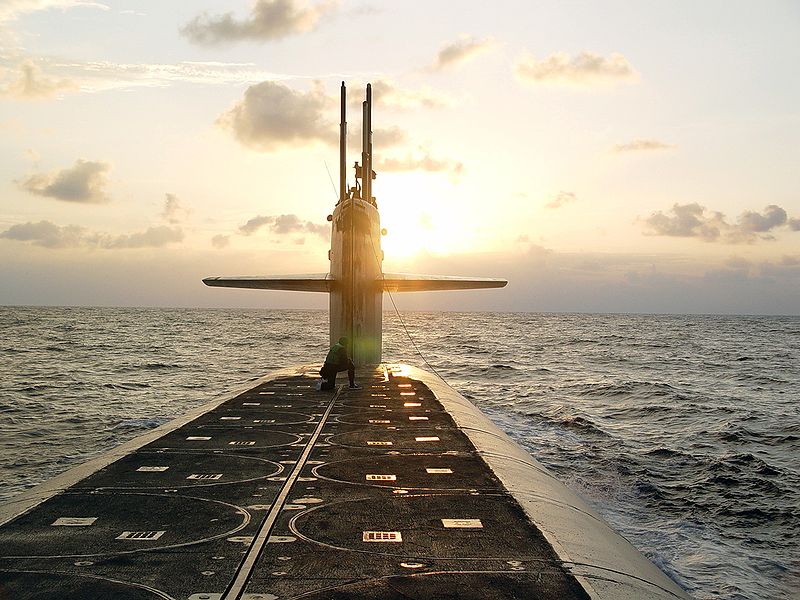Nothing Found
Sorry, no posts matched your criteria
Sorry, no posts matched your criteria
Sorry, no posts matched your criteria
 Australia, like most nations, is happy to voice support at the UN for the total abolition of nuclear weapons. Even the P5 nuclear powers endorse this “ultimate” goal: in 2000 they famously made an “unequivocal undertaking” to eliminate their nuclear arsenals completely, although little progress has been made since then, and all are now investing heavily in the modernization of their nuclear stockpiles with the clear intention of retaining them for many decades to come. Australia’s disarmament declarations, like those of the P5 states, should be taken with a grain of salt.
Australia, like most nations, is happy to voice support at the UN for the total abolition of nuclear weapons. Even the P5 nuclear powers endorse this “ultimate” goal: in 2000 they famously made an “unequivocal undertaking” to eliminate their nuclear arsenals completely, although little progress has been made since then, and all are now investing heavily in the modernization of their nuclear stockpiles with the clear intention of retaining them for many decades to come. Australia’s disarmament declarations, like those of the P5 states, should be taken with a grain of salt.
There are fundamental contradictions in our government’s policies on nuclear weapons, as Tanya Ogilvie-White pointed out in her recent blog post. Australia rightly condemns countries such as North Korea for pursuing the bomb, and expresses dismay at the 17-year impasse in the Geneva-based Conference on Disarmament. But at the same time it claims reliance on US nuclear weapons for security, and supports nuclear targeting and missile defence through Pine Gap in Central Australia. When it comes to the worst weapons of mass destruction, our foreign and defence policies appear at odds with each other. Read more
 What of the issue of nuclear deterrence in the US–Australia alliance, and more generally in the western Pacific region?
What of the issue of nuclear deterrence in the US–Australia alliance, and more generally in the western Pacific region?
For some, in America as well as Australia and elsewhere, this is chiefly a matter of moving as fast as possible to a nuclear-free world, in keeping with the hortatory goals of the Nuclear Non-Proliferation Treaty as well as President Obama’s Prague speech of April 2009. For others, the problem is almost exactly the opposite. The real dilemma is ensuring continued nuclear deterrence as proliferation continues in places like North Korea, and China, India, and Pakistan continue to modernise or enlarge their arsenals.
More specifically, members of the so-called Global Zero movement often aspire to a time line in which negotiations on a treaty would begin within ten years, with the global elimination of nuclear weapons ideally to occur by 2030 or 2035. On the other side of the coin, many foreign policy pragmatists and traditionalists are content to imagine a nuclear-free world as a worthy goal but see absolutely no way to contemplate it at this moment in history. Read more